Australian Institute
of Art History

About the Institute
Welcome to the Australian Institute of Art History.
The AIAH is focused on art history, material culture, and the visual arts. We define art in the widest sense, from prehistoric sculpture to contemporary AI-generated objects and images.
Our vision is to be the bridge between researchers, museums, and heritage bodies at the University, in our communities, and across Australia and the Asia-Pacific region.
We want to foster ground-breaking research and public engagement across all areas of art history and the visual arts.
Prof Anne Dunlop, Herald Chair in Fine Arts & Director, Australian Institute of Art History

Contact us
Enquiries
All enquiries related to the Australian Institute of Art History can be sent to: aiah-info@unimelb.edu.au
Mailing list
For information on upcoming sponsored events and AIAH initiatives, subscribe to the mailing list via the button below.
Banner Image: Maree Clark, Ancestral Memory, installation, Old Quad, University of Melbourne, 2019, Photo Credit: Christian Capurro
Research Focus Areas in 2024 - 2026
Thematic Issues: Art + Crime
As a question and a provocation, Art + Crime draws attention to the many intersections of art, violence, creativity, and the law.
Our research encompasses everything from art market frauds and forgery to artists who were killers, Australia’s early convict artists, and contemporary AI deepfakes. An enduring public fascination with Art + Crime is evident in everything from international mega-best-sellers like The Da Vinci Code to the recent ABC documentaries on historical thefts from Australian collections.
We will present a series of six annual public lectures by scholars and community members, on research topics from the Renaissance Italian Art Criminals to Fakes in the Australian art market.


Museums and Collections
The University of Melbourne has some of the most important visual and cultural collections in Australia and the Asia-Pacific region. Both our city and state have world-leading collections. But many of these cultural collections, including at the University, are not well known. We are committed to producing original and innovative research around our own collections - to make our own riches known and available beyond our own doors. This will include working with the Ian Potter Museum of Art, the University Library, and the Cultural Commons, as well as collections from Heide and The Johnston Collection.
Starting this year, we will hold an annual study day on 10 Great Objects, with ten members of the University community presenting research on single objects of their choice. We are also working on the history and archives of the feminist Women’s Art Register (WAR), held in the Visual Cultures Resource Centre of the Faculty of Arts.
Early Career Research Award
The Early Career Research Award (ECRA) is a grants and mentoring program to support innovative and new research by small teams of early career researchers, educators, and curators.
Each year between 2024 and 2027, a competitive grant of $20 000 will be awarded for a research project and public program to be delivered within 12 months. The only stipulation is that there must be a team of at least two people, and the work must have a major public output- and in-gallery or online exhibition, created social media content, an open-source or printed publication.
The program will be delivered in partnership with the national professional association of art historians and artists, the Art Association of Australia and New Zealand (AAANZ).

To find out more, email: aiah-info@unimelb.edu.au or admin@aaanz.info

Board members
The Australian Institute of Art History board oversees our institute, lending expertise and guidance to meet the goals of our vision statement.

Dr Gerard Vaughan AM, Chair
A graduate of the universities of Melbourne and Oxford, Dr Gerard Vaughan’s career has been divided between academia and the world of museums and galleries in both Australia and the United Kingdom. As an art historian his interests are broad, concentrating on the social history of art and specialising in the study of taste and art collecting, both private and institutional.
In 1994 he became inaugural Director of the British Museum Development Trust in London, where he was closely involved in planning, and funding, the rebuild of the British Museum with Norman Foster’s Great Court at its centre. He returned to Melbourne in 1999 to become Director of the National Gallery of Victoria with a brief to oversee the gallery’s complete redevelopment, also undertaking new programs for major exhibitions and collection development.
After stepping down from the National Gallery of Victoria in 2012, he returned to academia for two years as the Gerry Higgins Professorial Fellow at the AIAH. He was the Director of the National Gallery of Australia from 2014 to 2018, and he currently serves as the Co-Chair of the National Reference Group of the First Nations Gallery of Australia project, currently under development in Alice Springs. Among his many honours are the Legion of Honour, awarded in 2013 by the Government of France for his contribution to the study and dissemination of French art and culture.

Professor Anne Dunlop FAHA, Director
Professor Anne Dunlop was appointed to the Herald Chair of Fine Arts in the School of Culture and Communication in 2015 and is a Co-Director of the Australian Institute of Art History. Her research and teaching focus on the art of Italy and Europe between about 1300 and 1550, including the role of materials and technology in the making of art, and the relations of Italy and Eurasia in the years after the Mongol Conquests. Dunlop is the author or co-editor of six books, including most recently Antipodean Early Modern: European Art in Australian Collections, c. 1200-1600 (2018) The matter of art: materials, practices, cultural logics, c. 1250-1750 (2014) and Andrea del Castagno and the Limits of Painting (2015).
Dunlop has been a fellow of the Getty Research Institute in Los Angeles, and the Center for the Advanced Study in the Visual Arts in Washington DC. She has also served as Visiting Professor at both Peking University and Zhejiang University; and in 2016 she was a Visiting Professor at Harvard’s Villa I Tatti Center for Renaissance Studies, working on a commissioned book with the working title Global Renaissance.

Associate Professor Alison Inglis
Alison Inglis is an Associate Professor in the Art History program at the University of Melbourne, and is a Co-Director of the Australian Institute of Art History. She teaches, researches and publishes in the areas of nineteenth-century British and Australian art; artists’ materials and techniques; and museum studies (especially the history of museum collections and exhibitions).
Her experience in the field of art curatorial studies is reflected in her current membership of the Museums Board of Victoria, and of the Duldig Studio Board. Former Board memberships include Heide Museum of Modern Art (2006-2014); and National Gallery of Victoria Council of Trustees (1995-2004). She is a former Associate Dean for Development in the Faculty of Arts (2005-2007) and Head of the Art History program (2008-2010). Alison was appointed an Emeritus Trustee of the National Gallery of Victoria in 2010 and Fellow of Trinity College, Melbourne in 2015.
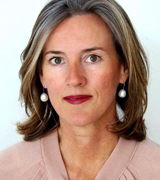
Kerry Gardner AM
Kerry Gardner AM is a Writer / Director of Australian documentary films on art, literature and design subjects. She holds a Masters in Film and Television from the VCA / University of Melbourne. Currently, she is Chair, Venice Biennale Council for Australia as well as being the first Australian appointment to the board of Global Fund for Women (2017), the third Australian appointee to Women Moving Millions (New York) (2017), and she also sits on the Asia Pacific Acquisitions Committee of The Tate.
Her past directorships include the Australian Children’s Television Foundation, and the Museum of Contemporary Art Australia. She is a Founding Patron of the Lorne Sculpture Biennale and Ambassador for the Natalie Miller Fellowship for Women in Film. She is also member of the Arts and Humanities Committee of the Myer Foundation / Sidney Myer Fund. Her past board directorships include the Australian Chamber Orchestra, Victorian Women’s Trust, Deputy Chair of both Heide Museum of Modern Art and the Malthouse Theatre Company, the Australian Environmental Grantmakers Network (Steering Committee) and director of the Great Barrier Reef Foundation.
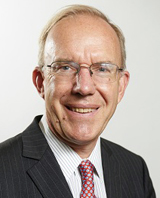
Fred Grimwade
Fred Grimwade is an Executive Director of specialist corporate advisory and investment firm, Fawkner Capital. He is a graduate of the University of Melbourne (B Com, LLB (Hons) and also completed an MBA at Columbia University in New York. During his career, Fred has worked with leading international companies, including Goldman, Sachs & Co. in New York and Sydney; Western Mining Corporation; Colonial Mutual; and was Head of Private Capital for Colonial First State Investments. From 1998 to 2006 he was Managing Director of the Colonial Agricultural Company, and a non-executive director of AWB Limited from 2008 to 2010.
Fred is currently Chairman of CPT Global and XRF Scientific and a director of Australian United Investments and Select Harvests; a Senior Fellow of the Australian Institute of Company Directors; Fellow of Chartered Secretaries Australia. Fred is also Foundation Chairman of Melbourne Girls’ Grammar School and a Director of the Ian Potter Museum of Art at the University of Melbourne.

Fraser Hopkins
Fraser Hopkins worked for many years as Managing Director of two consumer goods businesses which are now owned by multinationals. Fraser is a respected art collector and benefactor and is on the MCA Foundation Council. He graduated with an Economics Degree from Monash University and currently resides in Sydney. Over the years, Fraser has been actively involved with numerous private company boards and industry associations. Previous charitable roles include being a Director of SCEGGS Darlinghurst, a Trustee and Chair of the Campbell Edwards Trust and a Trustee of the Art Gallery of NSW Foundation Board.

Dr Michael Brand
Director of the Art Gallery of New South Wales
Michael Brand joined the Art Gallery of New South Wales in June 2012. Prior to his appointment, he was consulting director of the new Aga Khan Museum, which opened in Toronto in 2014.
From 2005 to 2010, Dr Brand was director of the J Paul Getty Museum in Los Angeles, leading both the Getty Center and Getty Villa sites and establishing its new Center for Photography. Previously, he was director of the Virginia Museum of Fine Arts in Richmond from 2000 to 2005; assistant director, curatorial and collection development, at the Queensland Art Gallery in Brisbane from 1996 to 2000; curator of Asian art at the National Gallery of Australia in Canberra from 1988 to 1996; and co-director of the Smithsonian Institution Mughal Garden Project in Lahore, Pakistan from 1988 to 1993.
Dr Brand currently serves on the Visiting Committee of the Harvard Art Museums; the International Advisory Board of the State Hermitage Museum in St Petersburg; and the Australian Institute of Art History. He is a past member of the Governing Board of the Courtauld Institute of Art in London.
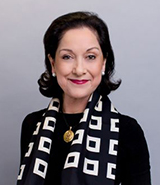
Kate Shelmerdine
Kate is a Member of The Myer Foundation and is currently Convenor of the Arts and Humanities Committee of the Sidney Myer Fund. Kate particularly believes in the importance of arts training organisations and their pivotal role in helping emerging artists establish strong professional skills to support good work practices from the outset of early career development.
Among other positions, she was a Board Member of the National Institute of Circus Arts for over 10 years (NICA, a world-renowned Circus School, is a member of The Australian Roundtable for Arts Training Excellence) and is currently Deputy Chair of the Melba Opera Trust.

Fellows
The Australian Institute of Art History has for many years held a place for fellowships.

Here is a compilation of our current and former partners - philanthropic and collaborative.
Philanthropic partnerships
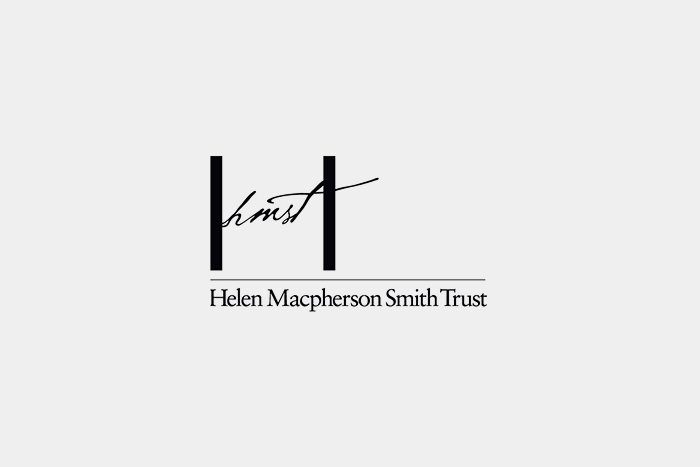
Helen MacPherson Smith Trust
Helen Macpherson Smith Trust is an independent philanthropic trust established by Helen Macpherson Schutt (née Smith) in 1951. On her passing in 1951, Helen left £275,000, the majority of her wealth, to establish a perpetual philanthropic trust to benefit Victorian charitable institutions. Launched as the Helen M. Schutt Trust, the name was changed to the Helen Macpherson Smith Trust in 2001 to acknowledge the Macpherson and Smith families as the prime source of her legacy. Since HMSTrust was established, $113 million has been approved in grants to a wide range of Victorian charitable institutions and a diverse range of projects benefiting Victorians every year.
AV Myer Group
Andrew Myer has had more than 30 years of commercial experience across a diverse range of operating businesses. Andrew pursues a variety of business interests through the AV Myer Group of Companies, including investment, film, property development and philanthropy. In January 2018 Andrew was made a member of the Order of Australia in the General Division for significant service to the community for support for a range of cultural and environmental conservation organisations and to the film industry. In 2002 Andrew established the philanthropic Andyinc Foundation, a Private Ancillary Fund which supports projects in the areas of Environment/Sustainability, Social Justice/Community Building and Humanities, Culture and The Arts.
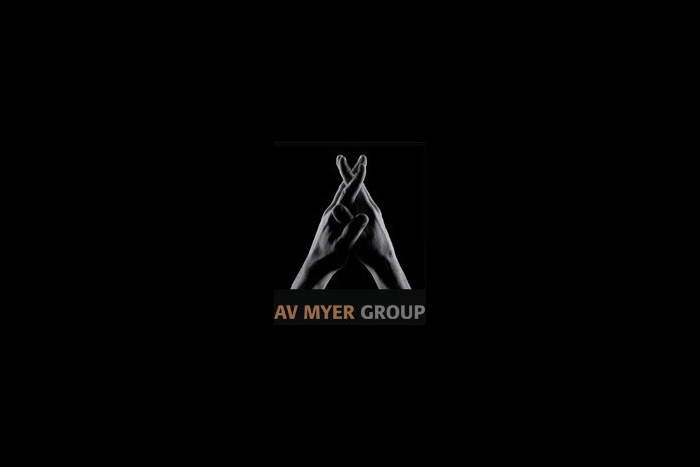
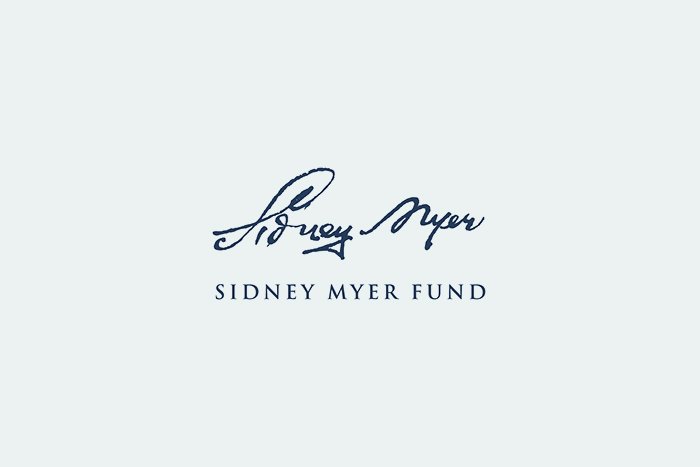
Sidney Myer Fund
The Sidney Myer Fund and The Myer Foundation are two separate philanthropic entities of Myer family philanthropy. They are both managed by the same team and have separate but complementary philanthropic programs and activities. Sidney Myer, a generous philanthropist in his lifetime, left a portion of his estate upon his death in 1934 to be invested for the benefit of the community in which he made his fortune. That act created the Sidney Myer Fund which exists in perpetuity, the income from which will be distributed annually.
Collaborative partnerships
Embassy of Italy – Canberra
The Embassy of Italy in Canberra is located at the edge of several Australian Federal Departments and of the Lodge of the Prime Minister. The Italian consular network in Australia comprises two Consulates-General (Melbourne and Sydney) and three Consulates (Adelaide, Brisbane and Perth), with personnel coming from Italy. Each Consulate controls a honorary consular network with limited functions, such as registration or passports; they cannot issue visas or address citizenship problems. The Consular Office of the Embassy of Italy is responsible for the ACT and the cities of Queanbeyan and Cooma in New South Wales.
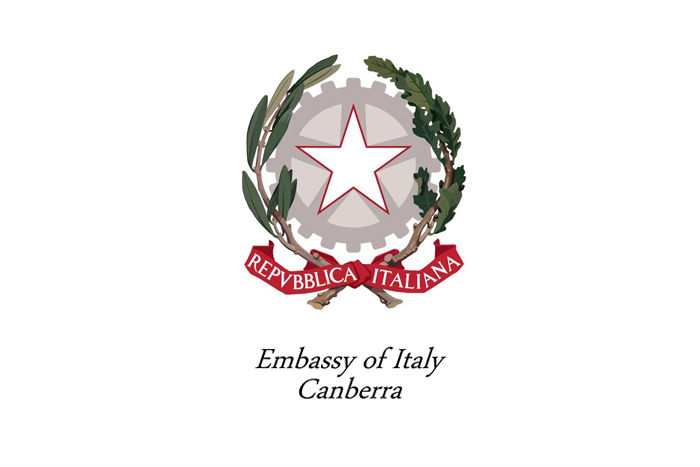
Prysmian Group
Prysmian Australia and New Zealand has the acuity to innovate and customise solutions to perfectly match your needs. In Australia, two large production sites in Sydney (one in Cromer and another one in Liverpool) cover the needs of telecommunications and energy markets. In New Zealand, one manufacturing plant in New Lynn also supports the supply of power cables. Our combined capacity of 70,000 tonnes of cables annually make Prysmian the largest cable manufacturer in the region.


Australian Academy of the Humanities
The Academy was established by Royal Charter in 1969, and is one of Australia’s four Learned Academies. We are an independent, not-for-profit organisation with an over 600-strong Fellowship of leaders and experts in the study of human cultures, beliefs, values, experiences and expressions.The Academy is the national body for the humanities in Australia. We provide independent expert advice on the humanities, inform policy development and encourage and support engagement across the sector. We promote excellence in the humanities through annual events and workshops, and invest in the future through grants and awards.
IVECO Australia
IVECO Trucks Australia has a long and proud history in this country starting in the early 1900s. Over the last 100 plus years, Australia has experienced remarkable growth and development through its primary and secondary industries. International Harvester, subsequently International Trucks and now IVECO Trucks Australia, not only helped build the road infrastructure, it helped build the road transport industry. It developed its manufacturing processes and product development in line with the growing needs of Australia.

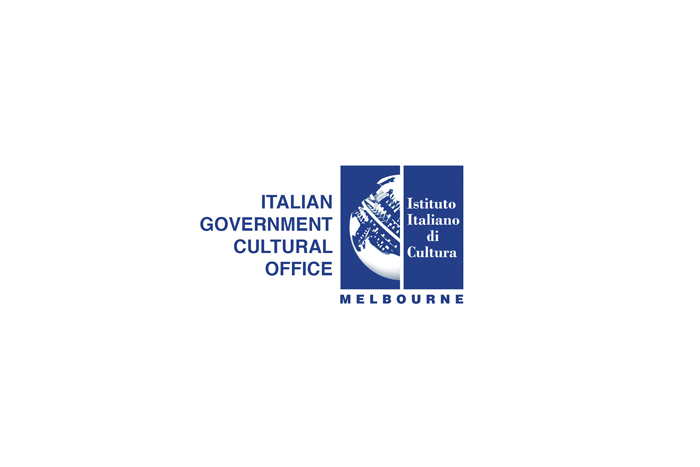
Italian Government Cultural Office – Melbourne
The Istituto Italiano di Cultura (IIC) - Italian Cultural Institute Melbourne is the official body of the Italian Goverment for the promotion of Italian language and culture, covering the states of Victoria, South Australia, Tasmania and Western Australia. Our rich program of Italian cultural events, such as concerts, art and photography exhibitions, talks and seminars and more, includes special guest musicians, performers, writers, journalists and academics direct from Italy. Our activities, centred in historic Elm Tree House, will bring you in touch with a world of Italian language and culture and with the kaleidoscope of classical, modern and contemporary culture and history Italy has to offer.
Museo Poldi Pezzoli
The museum opened to the public on 25 April 1881, during the Milan National Exhibition. The Poldi Pezzoli Artistic Foundation was created in 1881, alongside the opening of the Museum. The Foundation looks after over 6000 artworks (paintings and applied arts). Today it is an Onlus (a no-profit institution), governed by a Board of Trustees, which includes: the Superintendent of the Cultural Heritage of Milan, representatives of the Ministry for Culture, of the Lombardy Region, of the Province of Milan, of the City of Milan, and of the Main Supporters, as well as a heir of Gian Giacomo Poldi Pezzoli.

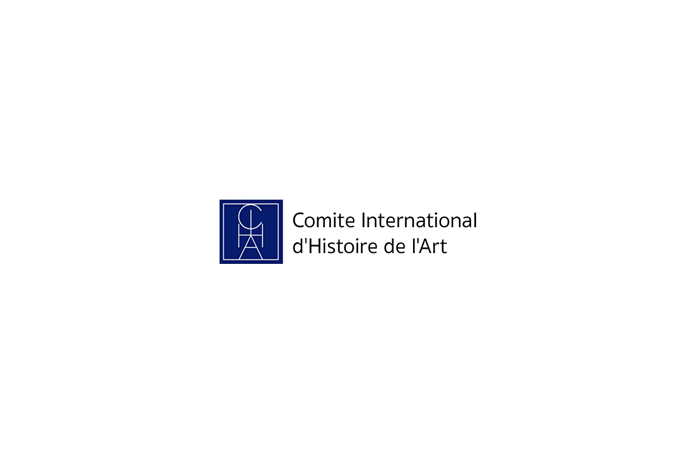
Comité international d’histoire de l’art
The Comité International d’Histoire de l’Art (CIHA) has as its aims: to develop the historical and methodological study of artistic activities and productions; ensure permanent links between art historians of all countries; stimulate international meetings of art historians; stimulate and co-ordinate the dissemination of information about research undertaken under the aegis of CIHA; disseminate information and publicity about art historical activities world-wide: conferences, publications, research projects etc.; study means of improving methods of teaching and research, and of increasing the research resources available to art historians: data bases, bibliographies, photographic and iconographical documentation, etc.
Art Gallery of New South Wales
Established in 1871, the Gallery is proud to present fine international and Australian art in one of the most beautiful art museums in the world. We aim to be a place of experience and inspiration, through our collection, exhibitions, programs and research. Admission to the Gallery is free, as are our permanent galleries and most exhibitions and events. Modern and contemporary works are displayed in expansive, light-filled spaces, offering stunning views of Sydney and the harbour, while our splendid Grand Courts are home to a distinguished collection of colonial and 19th-century Australian works and European old masters.


Institute of Italian Culture – Sydney
The Italian Cultural Institute in Sydney, an official body of the Italian government, has as its aim the promotion of Italian language and culture in Australia and New Zealand through the organisation of cultural events fostering the diffusion of ideas in the arts and sciences. For concerts, art exhibitions and larger cultural events, the Institute collaborates with art and museum institutes, music bodies, cultural organisations, and Italian university departments.
University of Sydney
The founding principle of the University of Sydney as Australia’s first university was that we would be a modern and progressive institution. It’s an ideal we still hold dear today. Our famous alumni include names such as Gough Whitlam and pioneer heart transplant surgeon Victor Chang, but also people who improve lives and contribute to change out of the spotlight. Driven by pioneers, philanthropists and free thinkers, our history is punctuated by firsts and triumphs, from admitting women to Olympic Games medals.
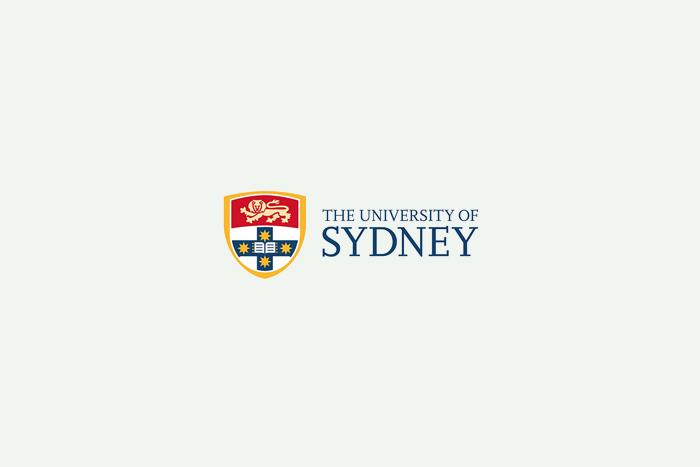

Ansaldo STS
Ansaldo STS has been operating in Australia since 1995, and currently employs a team of more than 300 people who are based in offices in Brisbane, Newcastle, Perth and Karratha. Our core business is the development and delivery of solutions that improve the safety, efficiency, reliability and environmental performance of Australia’s passenger and freight rail networks. Our customers are the owners and operators of these networks.
Art Association of Australia and New Zealand and the International Committee for the History of Art
The AIAH with the Art Association of Australia and New Zealand (AAANZ) and the International Committee for the History of Art (CIHA), jointly head a Directory of Art Specialists; a searchable database of academics, researchers, teachers, writers, curators, and museum professionals in the Asia Pacific Region specialising in art, architecture, and visual culture from all periods and geographic regions.

Directory of Art Historians and Art Researchers in the Asia Pacific Region
Art historians and art researchers practicing in the Asia Pacific Region region are producing significant and innovative research which is of great interest to scholars and to relevant industry sectors including museums and galleries. The Directory of Art Historians and Art Researchers in the Asia Pacific Region enables research, expertise, and contact details for these historians and researchers to be found quickly and easily.
The Directory is a searchable database of experts – academics, researchers, teachers, writers, editors, curators, and museum professionals – specialising in art, architecture, and visual culture from all periods and geographic regions.
A joint initiative of the Art Association of Australia and New Zealand (AAANZ), the Australian Institute of Art History (AIAH), and the International Committee for the History of Art (CIHA), the Directory is designed to expand networks within and beyond research, education and creative industries, and to make researchers’ expertise widely available.


Directory of Art Collections, University of Melbourne
The University of Melbourne is home to over 15 museums and galleries and over 30 individual collections, all of which play an intrinsic role in campus life, including teaching and learning, research, and student engagement. These cultural assets provide students, staff, and local and global communities the opportunity to gain knowledge, leading to an understanding of contemporary and traditional cultures, scientific discovery and creative practice.
Learn more about them:
Museums and Collections at the University of Melbourne
Buxton Contemporary Public Art Museum